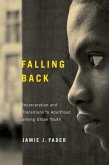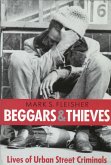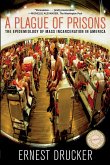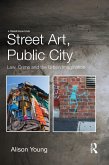"Code of the Suburb" explores the world of young, middle-class, suburban drug dealers as seen through the eyes of a group of dealers themselves. What leads these adolescents to start selling? How do they conduct business? What problems do they face? How do they handle those problems? Why do they quit? The authors have done fieldwork with a group of high-school students from a nearly all-white prosperous suburb of Atlanta, a boringly conventional place where the most obvious social problems are barking dogs and speeding teenagers. They find that suburban kids who sell drugs are no strangers to conflict. Like their urban counterparts, their illicit activities put them beyond the realm of police protection and this makes them vulnerable to predators.Urban drug markets exhibit high rates of violence because the individuals involved subscribe to "the code of the street"a set of informal rules governing interpersonal behavior that emerges from the circumstances that characterize disadvantaged communities in American cities (Elijah Anderson s "Code of the Street" is a prime cite). For drug market participants who abide by this code, violent vengeance is a means to the ends of respect, status, and security. And so the authors build their case that suburban drug markets are generally more peaceful than their urban counterparts, on the assumption a theory of why violence does "not" occur has implications for explaining why it does. This book undertakes to study drug market peace rather than drug market violence. The code of the suburb emerges here as a set of informal rules governing interpersonal behavior that emerges from advantaged communitiesa lack of street life, weak ties between community members, and social advantage (high employment, education, family life, freedom from pervasive/discriminatory law enforcement). In brief, the code looks like this: (1) conflict is embarrassing, lowers one s status, and damages identity; (2) thus, conflict should be prevented, or, when it does occur, quickly halted; therefore, (3) confrontational approaches to conflict managementespecially violent retaliationare bad; and (4) non-confrontational approaches to social control (like toleration, avoidance, and negotiation) are good. Suburban people, the code says, should be non-confrontational, law-abiding, private, and productive. Key components of suburban drug marketsprivate and fair trade, concern for conflict prevention, and peaceful conflict managementall are shaped by the code of the suburb: avoid embarrassment, raise status, and maintain the identity of good person. "
Hinweis: Dieser Artikel kann nur an eine deutsche Lieferadresse ausgeliefert werden.
Hinweis: Dieser Artikel kann nur an eine deutsche Lieferadresse ausgeliefert werden.








